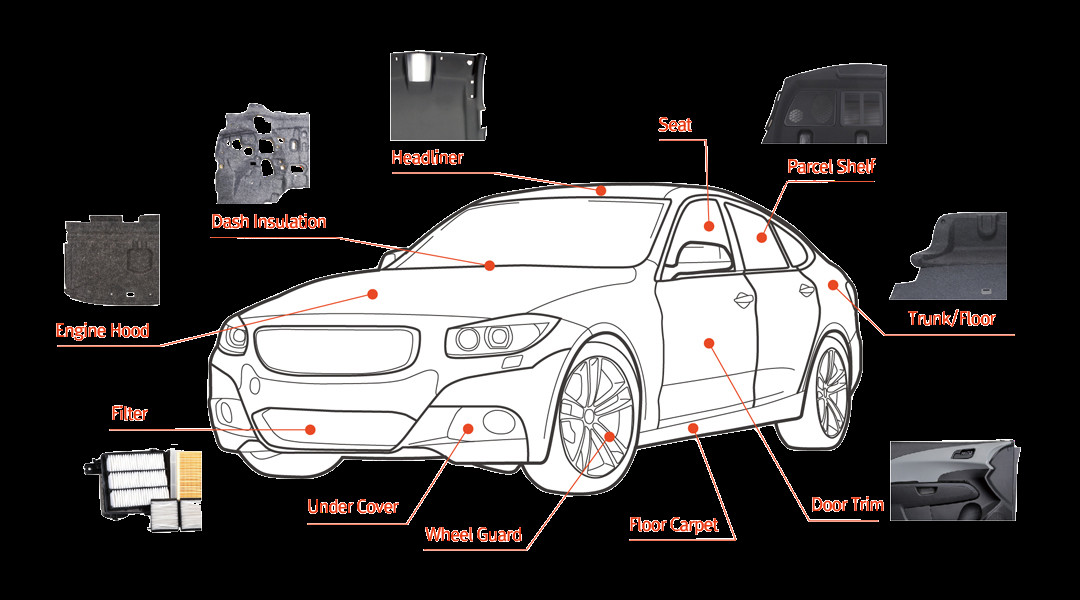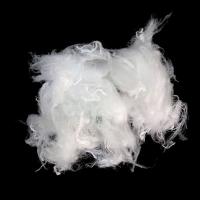SuZhou Makeit Technology Co.,Ltd is a well-known manufacturer and
traders of polyester staple fiber. Located in Suzhou city of Jiangsu Province. Makeit has own mill
Changshu Meijie Chemical Fiber Co.,Ltd which covers total 200,000M2 areas.
Meijie Co. can produce PET staple fibers of 50,000 tons annually
which dedicates the annual output value to more than 500
million yuan. As the leader in PET staple fibers industry. Now
there are over 200 staffs in our company, including 5 senior
engineers and 10 other technical personnel. Makeit has various products in
all specifications and of high quality which are sold
to the whole country and exported to the southeast Asia, Europe,
America and so on.
New energy vehicles are gradually replacing gasoline, diesel
vehicles, and solar energy, nuclear, hydrogen energy are gradually
replacing fossil energy which are developing towards clean,
efficient and sustainable energy sources. Using the biomaterials
(PLA,
PBS, etc.) made by biomass renewable resources to gradully replace
petrochemical material (chemical fiber, plastic, etc.) , and
leading to a direction of development the environmentally friendly,
non-toxic, and degradable material. Followed the market
demand, Makiet develops viscose staple fiber, PLA fiber, soybean
protein fiber etc.
All of Makeit's mill operations have achieved by OEKO-TEX and
STANDARD 100 and ITS SGS GRS certifications etc.




